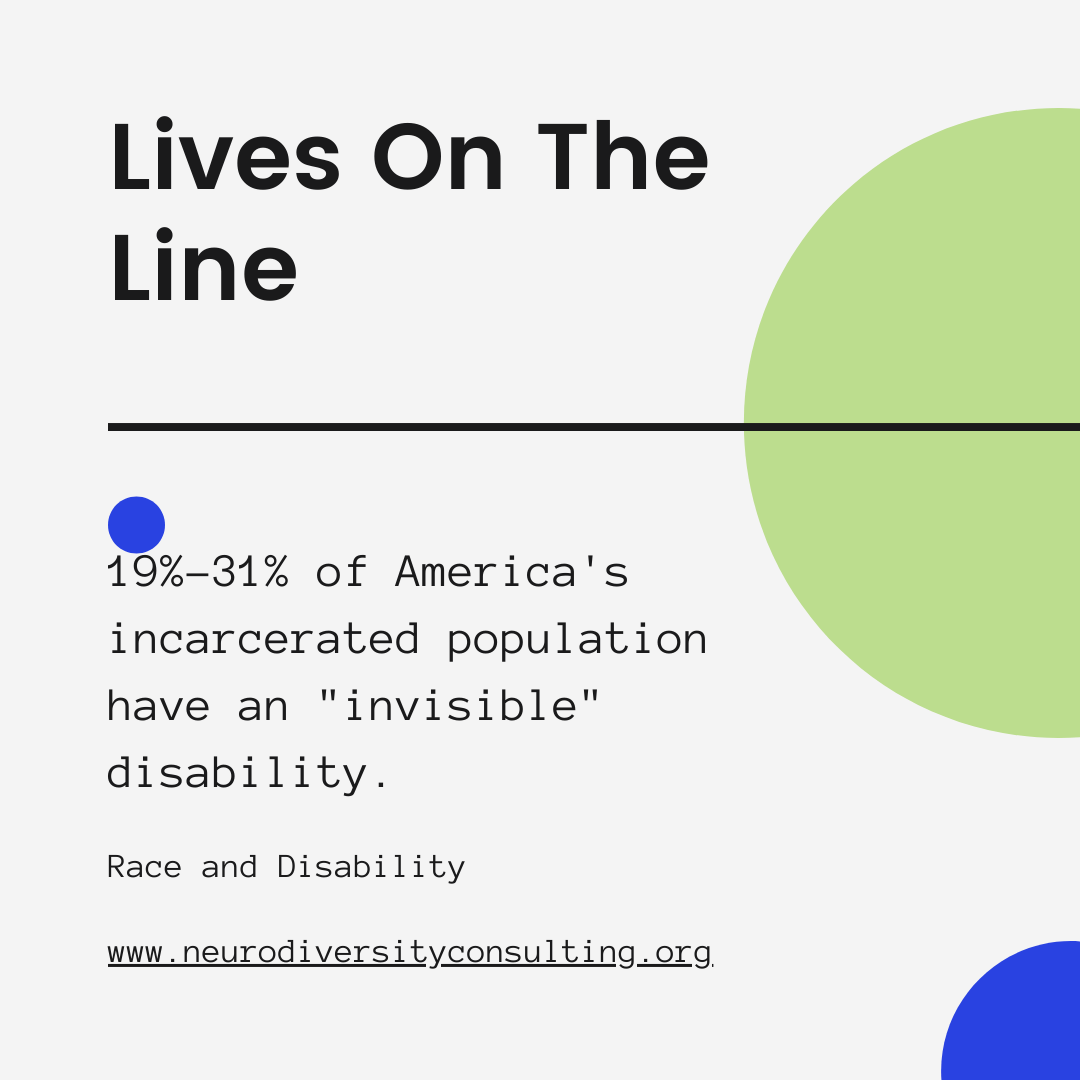|
By Liza Citron
Approximately 26 percent (61 million people) of adults living in the United States are disabled (Centers for Disease Control, 2020). If this is the case, many may wonder why we don’t see more disabled people in our communities. The answer? We see disabled people, likely every day, for something as mundane as a walk down the street. We just don’t see as much evidence as we might expect. Why? Without accounting for social and economic factors, the most straightforward answer is that many of these disabled individuals are living with an invisible disability. Invisible disability is defined as “a … condition that is not visible from the outside, yet can limit or challenge a person’s movements, senses, or activities.” (Invisible Disabilities Association, 2021) For example, I (Liza Citron, author) have a changeable, day-to-day mobility level. I am also autistic. I can be seen with anything from a wheelchair to no mobility aid at all. However, no matter what I am (or am not) using, I am still mobility disabled. Suppose I park in an accessible parking spot because I have a need to, but I am not using a wheelchair. In that case, I still have that need, perhaps because my walking ability is limited. Autism is often an invisible disability for me as well. You can’t necessarily see the overstimulation or the lengths I must go to in order to understand neurotypical behavior. Deafness, blindness, developmental disability, and neurological disabilities can be invisible or visible, depending on the accommodations needed, the person, or the environment and day. So can ADHD, dyslexia, dyscalculia, many other learning disabilities or even mental illness such as depression and anxiety. None of them necessarily have signs that are explicitly externally visible. Some forms of disability, especially environmentally induced rather than hereditary, can disproportionately affect those of particular ethnicities or social groups. For myriad social, economic, and structural reasons, these groups are also often more likely to be of lower socioeconomic standing than their non-minority (and/or abled) counterparts. According to the CDC, in 2020, 1 in 4 Black adults and 3 in 10 Native American/Alaskan adults in the US are disabled, compared to 1 in 5 white adults. These groups also tend to be disadvantaged compared to their white counterparts, with 18.8% and 34.0% living in poverty, respectively. In comparison, only 7.3% of white US citizens fell below the poverty line in 2019. (Census.gov, 2021) (Northwestern University, 2021) In addition, 25.9% of disabled people in the US lived in poverty in 2019, compared to 11.4% of their abled counterparts. (Elflein, 2021) Adults who live in poverty are also three times more likely to be arrested than those who do not. Those earning 150% of the federal poverty level or less are fifteen times more likely to be charged with a felony. (American Action Foundation, 2020) These problems and the intersectionality of invisible disability with race and socioeconomic class are multifactorial. They are not able to be solved easily or overnight. However, with greater awareness and understanding of the complex nature of these situations and groups, the remedy can perhaps begin.
0 Comments
|
Categories
All
Archives
December 2021
|
Photo from Hayzphotos

 RSS Feed
RSS Feed
